WHAT IS IT?
Buckwheat has a deceptive name that can easily cause confusion, because Buckwheat is not ‘wheat’, nor is it related to wheat. Like many of the other ‘whole grains’, buckwheat is not technically a grain or a cereal. Confusing huh!?
WHERE DOES IT COME FROM?
Buckwheat is derived from the seeds of a flowering plant. So, since it’s a seed and not a grain, it’s gluten-free! It can also be a substitute for people who are sensitive to wheat or other grains that contain protein gluten. Buckwheat also has more protein than rice, wheat, millet and corn – making it a nutritious alternative. Compared to rice, wheat and corn, Buckwheat ranks lowest on the glycemic scale.
HOW DO I EAT IT?
Energising and nutritious, Buckwheat is available throughout the year and can be served as an alternative to rice or porridge. The fruit is an achene (similar to a sunflower seed) with a single seed inside a hull. The starchy endosperm is white and makes up the buckwheat flour. The seed coat is green or tan, which darkens buckwheat flour. For non-raw foodies, Buckwheat porridge is made from roasted ‘groats’ that are cooked with broth to a texture, similar to rice or bulgur. For Raw foodies, the groats can be sprouted and then eaten raw. Buckwheat pancakes are delicious, light and foamy – and the buckwheat flour gives them an earthy taste. Buckwheat groats are commonly made into flour to use in noodles, pancakes, and many gluten-free products in health food stores these days. Raw Buckwheat groats can be found in many recipes for things like granola, cookies, cakes, crackers, and other bread-like products. Buckwheat is also a good binding agent and when soaked becomes very gelatinous. Soaking, rinsing, and re-drying the groats produces a crunchy texture that is really tasty!
If you’re looking for raw Buckwheat groats, you’ll want to avoid ‘kasha’. You can always tell by the colour and the aroma. Kasha is a much darker red-brown colour and has a strong nutty, toasted scent to it. Raw Buckwheat groats are light brown or green and don’t have an aroma.
WHAT ARE THE HEALTH BENEFITS?
Diets that contain Buckwheat lower the risk of developing high cholesterol and high blood pressure. Buckwheat’s beneficial effects are due to it’s rich supply of flavonoids, particularly ‘rutin’. Flavonoids are phytonutrients that protect against disease by acting as antioxidants. Buckwheat’s lipid-lowering activity is largely due to it’s rich supply of flavonoids, which help maintain blood flow and protect us from free radicals. Buckwheat is also a good source of magnesium - all great for a healthy cardiovascular system.
We have a variety of Buckwheat Flour and Granola at the Raw Food Mum online store.
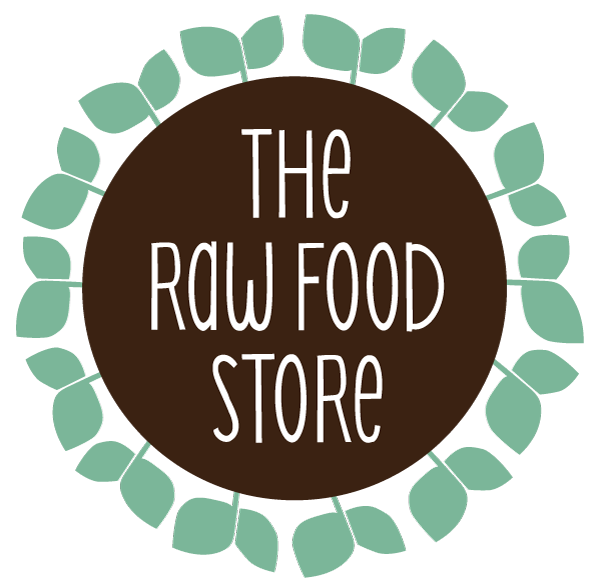





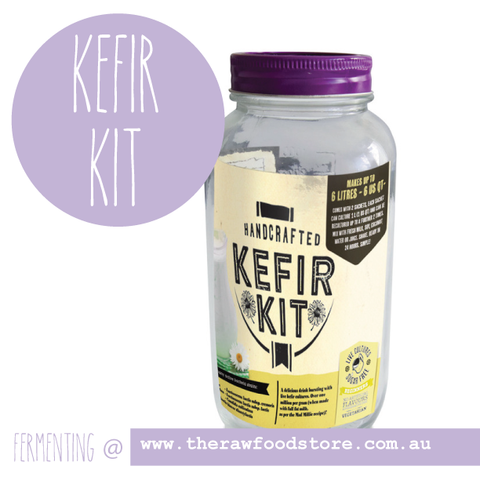
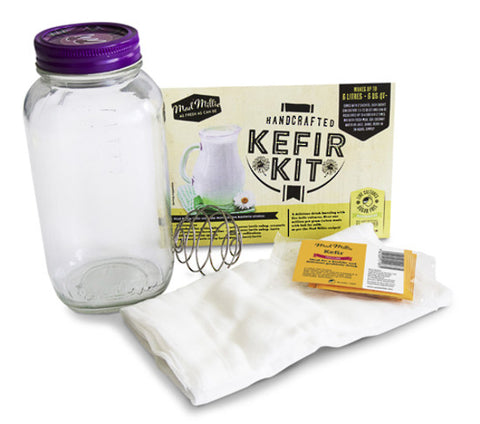
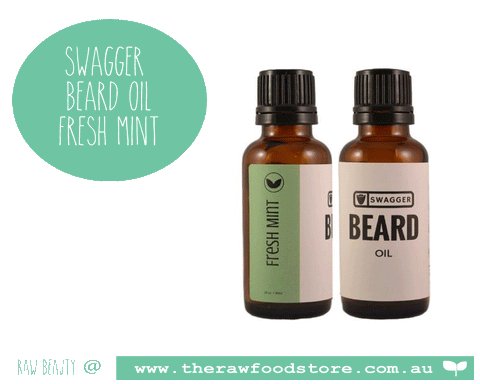
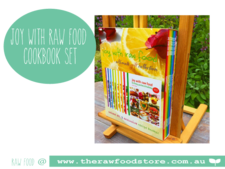


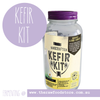





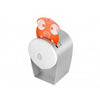


Comments